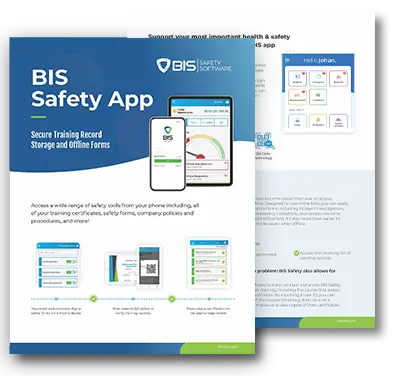
Course details
Transportation of Dry Ice Training
- 1. Overview of Dry Ice
- 2. Dry Ice Hazards
- 3. Safe Handling and Transportation
- 4. Classification
- 5. Documentation and Safety Markings
- 6. Training
- 7. Reporting Requirements
- 8. Conclusion and Final Quiz
Course Overview
The essence of relationships is communication. It is through communication that people share information, make decisions, solve problems, and accomplish their day-to-day jobs. Therefore, it is imperative that your teams build quality communication among team members. Learn the skills to improve your communication and become a better listener. Upon completion of this course, you’ll be able to:
- Define Communication
- Understand the difference between good and bad communication habits
- Identify the 3 elements of communication and how they affect the communication process
- Improve your listening skills
- Practice active listening
- Access your own listening skills in various situations.
- Develop a personal action plan for improving your communication skills.
Topics Covered
Upon completion of this course, you’ll be able to:- Describe the characteristics and hazards of dry ice
- Explain how to handle dry ice safely
- Recognize hazardous situations involving dry ice
- Identify the steps to pack and transport dry ice safely
- Recall the transportation regulations around dry ice for ground, air, and marine
- Summarize the classification process
- Describe the shipping documents and their required content to ship dry ice
- Name the required safety markings for dry ice
- State consignor and carrier responsibilities
- Explain the requirements for training those handling or transporting dry ice
- List emergency reporting details
This course takes approximately 45 minutes to complete
A passing grade of 80% or higher required. Up to 3 attempts are provided.
A certificate will be provided upon the successful completion of this course










































